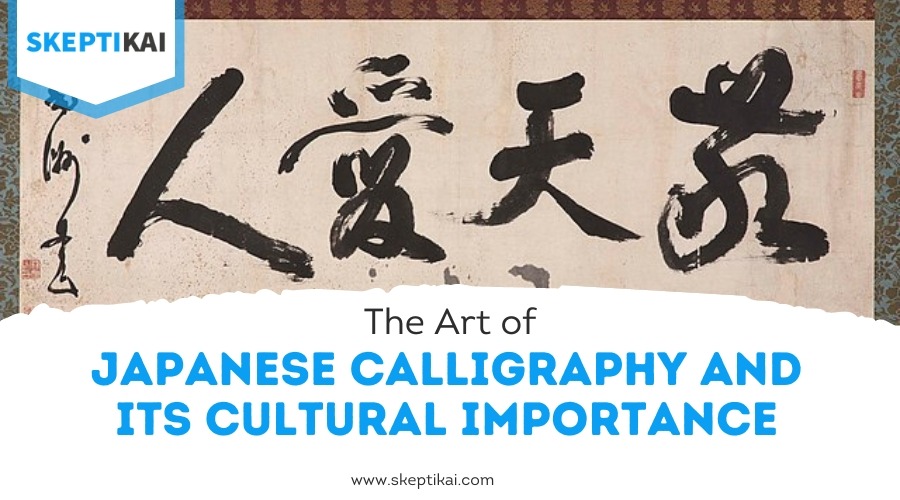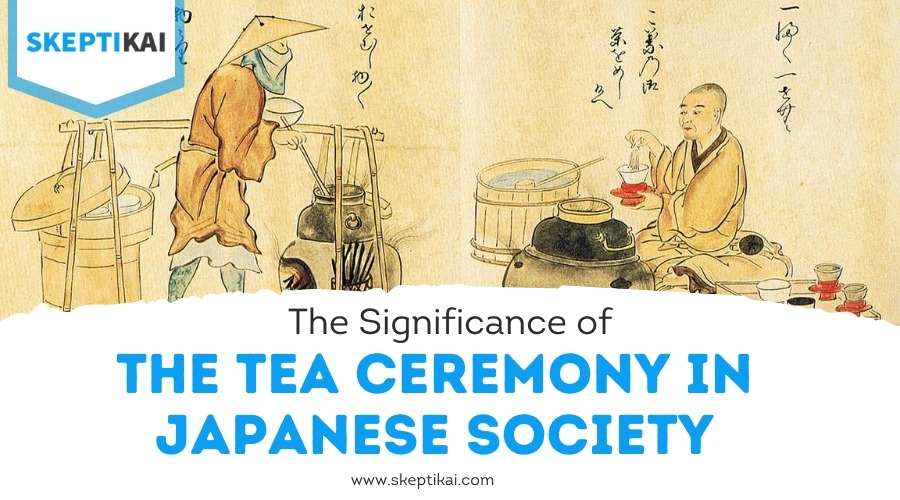How Did the Closed Country Policy Influence Japanese Society and Culture?
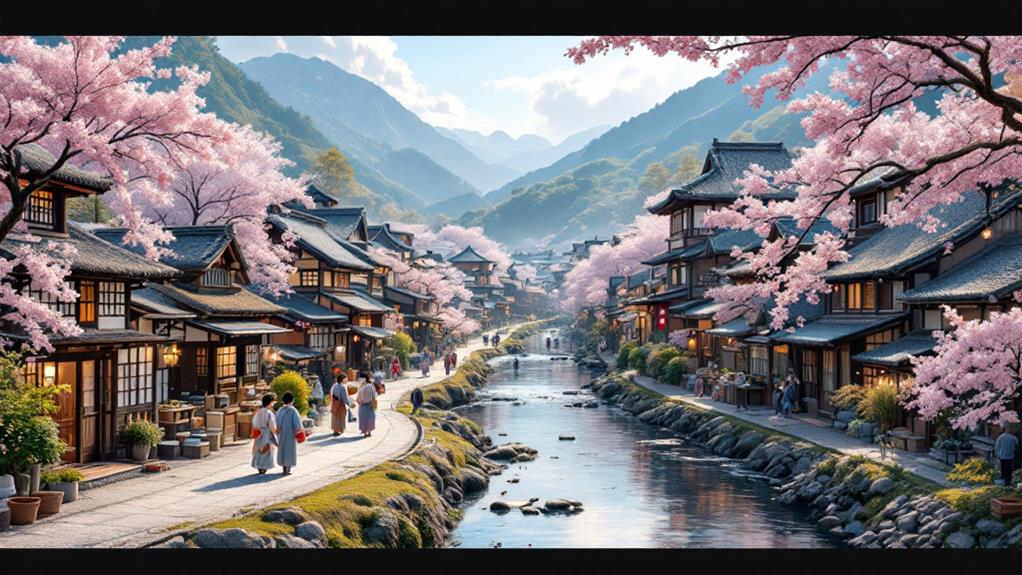
Japan's Closed Country Policy had a significant impact on its society and culture. You'll notice it reinforced rigid social hierarchies and emphasized respect and harmony. With limited outside influence, Japanese arts like Ukiyo-e prints, Ikebana, and Kabuki thrived, maintaining a distinct cultural identity. Economically, Japan focused on self-sufficiency, enhancing local industries and culinary traditions like sushi. Regarding spirituality, Buddhism and Shinto practices remained lively, preserving Japan's spiritual heritage. Education flourished too, producing classic literature that still echoes. If you're curious about how these elements weave together into a lasting cultural legacy, there's much more to uncover.
Impact on Social Hierarchies
The isolation imposed by Japan's Closed Country Policy, or Sakoku, brought significant changes to its social hierarchies. During this period, class distinctions became more pronounced, as the government sought to maintain order and control. You're living in a society where the rigid class system is deeply entrenched, with samurai, farmers, artisans, and merchants neatly ranked. The policy limited foreign influence, reinforcing the power of the ruling samurai class while reducing opportunities for social mobility. Despite the limitations, cultural integration played a critical role in maintaining societal values, much like the integration seen in the Japanese educational system. In this environment, you notice that moving up the social ladder is nearly impossible. The Tokugawa shogunate enforces strict regulations, ensuring that people remain in their designated roles. As a result, you're likely to inherit your family's status and occupation, regardless of whether you're born into a samurai family or a farmer's household.
Despite these constraints, some subtle shifts occur. Merchants, though considered lower in status, gradually amass wealth and influence, challenging traditional class distinctions. You might witness some of these merchants leveraging their resources to gain favor with the ruling elite. However, the general rigidity of the social structure remains, as the Closed Country Policy aims to preserve the status quo and prevent upheaval.
Development of Unique Art Forms
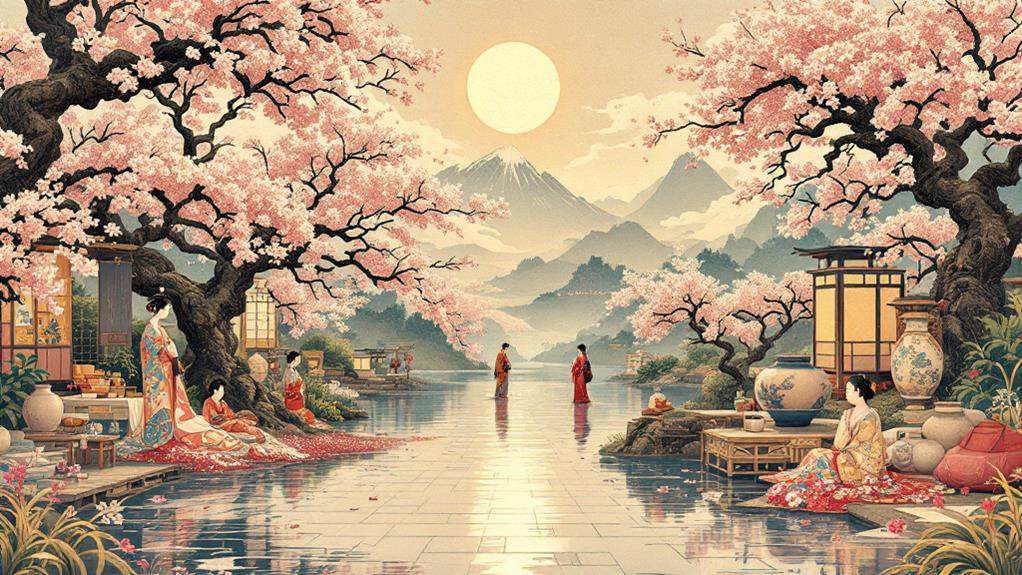
During Japan's Closed Country Policy, distinct art forms flourished, reflecting the unique cultural environment. This period of isolation allowed traditional crafts to evolve without external influences, leading to innovations grounded in Japan's rich heritage. The development of sports like yabusame, an ancient archery performed on horseback, and kemari, a non-competitive ball game, also thrived during this time, showcasing the cultural richness of Japan. You can see this development clearly in diverse domains:
- Ukiyo-e Prints: These woodblock prints became iconic, capturing everyday life and landscapes with vivid colors and intricate details. Artists adhered to aesthetic principles that celebrated simplicity and balance.
- Ikebana: The art of flower arrangement transformed into a disciplined practice, emphasizing harmony and minimalism. Ikebana reflected the values of patience and precision, core tenets of Japanese aesthetic principles.
- Tea Ceremony: This ritual became more than just drinking tea; it was an elaborate performance showcasing refined traditional crafts. The ceremony highlighted the beauty of imperfection and the importance of mindfulness.
- Kabuki Theater: This dramatic art form thrived, featuring elaborate costumes and stylized performances. Kabuki's popularity grew as it incorporated elements of folklore, music, and dance, creating an engaging cultural experience.
Effects on Economic Systems
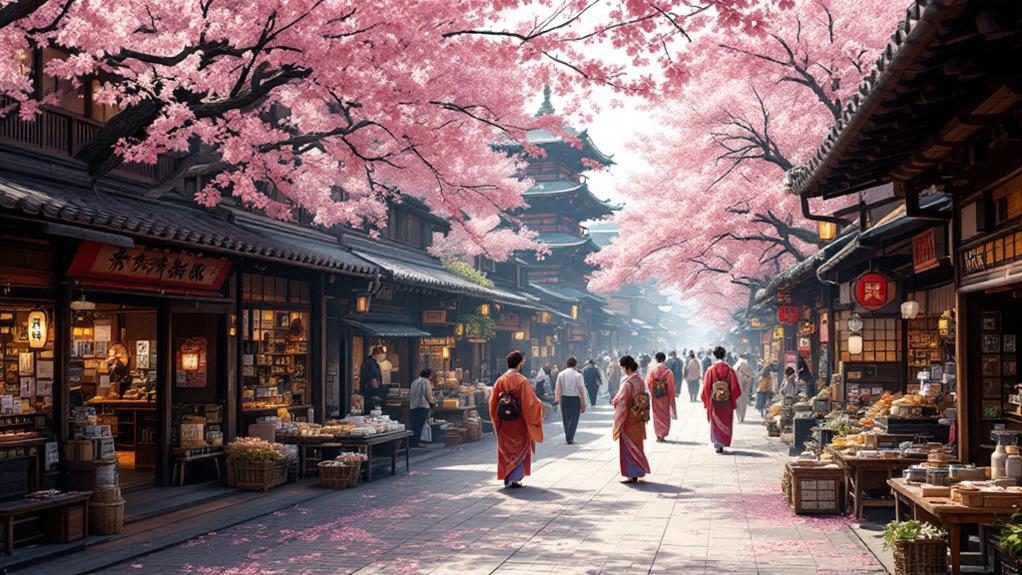
Japan's Closed Country Policy profoundly altered its economic systems, leading to several unique developments. With strict trade restrictions in place, you couldn't rely on foreign goods, so Japan had to focus on self-sufficiency. This meant domestic industries flourished as they met the needs of the population without external competition. You'd notice that traditional crafts and local production saw an increase, and individuals took pride in their self-reliant economy.
Agricultural practices also evolved during this time. You had to optimize land use and improve techniques to guarantee food security, which led to more efficient farming methods and increased productivity. These adaptations were vital in sustaining the population without the benefit of foreign imports.
Currency stability was another aspect influenced by the policy. By controlling foreign relations and minimizing imports, the Japanese economy could maintain a stable currency. Market dynamics adjusted accordingly, as supply and demand were managed internally. You'd find that this self-contained economic system helped Japan develop a unique market structure that was resilient to external shocks.
Influence on Religious Practices

As Japan focused inward economically, the Closed Country Policy also shaped religious practices. During this period, Japan experienced spiritual isolation, allowing traditional Buddhist practices and Shinto rituals to flourish without external pressures. You might notice how the absence of foreign influences allowed for a distinctive cultural preservation, ensuring that these practices remained distinctly Japanese. This environment fostered religious syncretism, blending Buddhism and Shinto into a harmonious spiritual landscape that still defines Japan today.
Consider these points to understand the influence better:
- Buddhist Practices: Without foreign interference, Buddhism adapted specifically to Japanese society, emphasizing meditation and Zen practices, which deeply influenced Japanese culture and aesthetics.
- Shinto Rituals: Shinto rituals experienced a revival, as the absence of foreign religions allowed them to maintain their traditional form, becoming central to community life and identity.
- Foreign Influences: The lack of foreign influences meant that Christianity and other religions couldn't gain a foothold, preserving Japan's spiritual traditions.
- Religious Syncretism: The blending of Buddhism and Shinto resulted in a distinctive form of religious syncretism, creating a harmonious coexistence that shaped Japan's spiritual identity.
Through these elements, you can see how the Closed Country Policy deeply influenced Japan's religious landscape.
Evolution of Japanese Education

Education in Japan underwent essential transformations during the Closed Country Policy period, laying the groundwork for a system that emphasized discipline and unity. You'd find curriculum changes focusing on moral education and loyalty, reinforcing the values necessary for maintaining social order. With limited foreign influences, traditional Japanese teachings took center stage, instilling a strong sense of national identity among students.
Educational access expanded during this time, with temple schools (terakoya) becoming more common, allowing not just the elite but also commoners to receive basic education. As a result, literacy rates improved considerably, laying a foundation for an educated society. This shift guaranteed that more people could engage with written texts, promoting a shared cultural and intellectual framework.
Teaching methods in these schools stressed memorization and repetition, aligning with the period's emphasis on discipline. Students learned to value perseverance and respect for authority, which were vital traits in a society focused on harmony and stability. While Western educational systems initially had minimal impact, you can't ignore how the Japanese system's evolution set the stage for future adaptations and advancements. This period shaped Japanese education into a disciplined and cohesive structure.
Legacy of Cultural Isolation
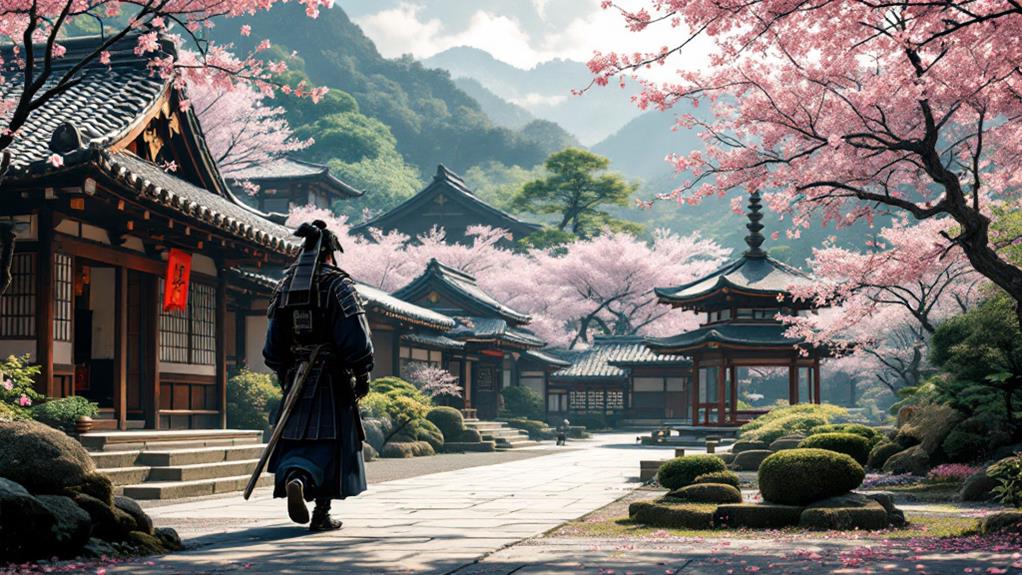
Under the shroud of cultural isolation during the Closed Country Policy, Japan developed a unique identity that continues to resonate today. You can see this in how Japan maintained its traditions and practices, crafting a society deeply rooted in cultural preservation and historical continuity. This period allowed Japan to focus inward, nurturing and refining its own arts, crafts, and social norms without external influence. As a result, several legacies remain significant even now.
- Art and Architecture: Without external influences, Japan perfected its own styles, such as Ukiyo-e and traditional wooden architecture. These art forms reflect a deep appreciation for simplicity and nature.
- Cuisine: The isolation period allowed for the development of unique culinary traditions. Dishes like sushi and tempura became sophisticated, forming a distinct Japanese cuisine known worldwide today.
- Language and Literature: Cultural preservation extended to language, with Japanese literature flourishing independently, producing works that remain classics and are still studied for their beauty and depth.
- Societal Values: Historical continuity guaranteed that societal values like respect, harmony, and community remained central, shaping Japan's social fabric and influencing modern behavior and etiquette.
Japan's isolation was not just a period of seclusion but a foundation for a lasting cultural legacy.

